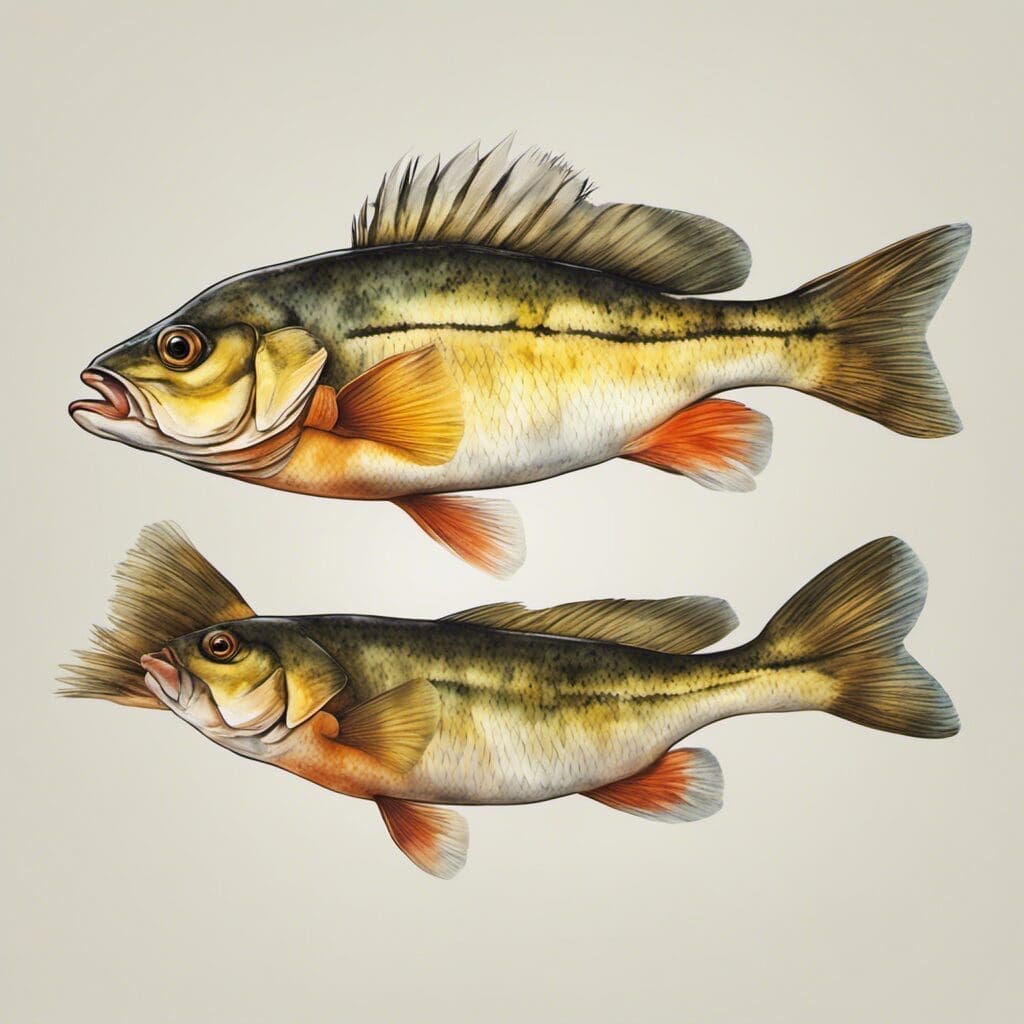Introduction
Species Name and Family
The European Perch (Perca fluviatilis) is part of the Percidae Family. This vibrant freshwater game fish has enjoyed centuries of popularity amongst anglers for both its fight and its flavor.
Conservation Status
Current Status
The European Perch is classified as a species of “Least Concern” by the International Union for Conservation of Nature (IUCN).
Conservation Efforts
Environmental enhancements like the reclaiming and protection of freshwaters habitats help sustain healthy perch populations.
Statistics
| Average Length | 25-30 cm |
|---|---|
| Length Range | 15-50 cm |
| Average Weight | 1-2 kg |
| Weight Range | 0.5-3 kg |
| Average Lifespan | 9-10 years |
Distribution
Regions/Countries
The European Perch is prevalent in Europe and Asia. From the British Isles, Scandinavia, Germany to Russia.
Migration Patterns
Perch often move vertically within their water column to find optimal temperatures and food sources, but they do not commonly undertake long distance migrations.
Habitats
Water Type
Perch thrive in freshwater environments such as lakes, ponds, streams and rivers.
Depth Range and Temperature Range
They reside in various depths depending on the temperature with a range between 4°C and 20°C.
When and Where to See
Seasonal Patterns and Time of Day
Perch can be seen throughout the year, but the best time to observe them is often in the spring and summer months during spawning. The best time of day for perch sightings is typically in the early morning and late afternoon.
Best Fishing Locations
Top Spots
- Lake Balaton, Hungary
- Lake Geneva, Switzerland and France
- Loire River, France
- Vättern, Sweden
- Coniston Water, England
General Tips
Look for areas with aquatic vegetation, downed logs or rocky areas as these can provide habitat where perch can be found. Also, using fish finders can help locate schools of perch.
How to Catch
Preferred Bait or Lures
Worms, minnows, spinners, and soft plastic lures are often successful in attracting perch.
Fishing Techniques
Fly fishing, trolling and bottom fishing are common ways to hook a perch. The angling technique depends largely on the type of water body – rivers, lakes, or reservoirs.
Identification Guide
Physical Characteristics
European Perch are characterized by their deep green backs, red-orange pelvic and anal fins, and dark vertical bars across their bodies.
Culinary Profile
How to Cook
Perch fillets are typically pan-fried, baked or grilled, yet can also be added to soups or stews for extra flavor.
Taste Profile
Its meat is tender, flaky and of mild flavour that is often described as sweet.
Additional Information
Perch feed heavily in schools and have a tendency to disperse once the feeding ends. They show a wide range of feeding habits, typically preying upon insects, crustaceans, and smaller fish.
Perch face threats from both natural and man-made factors. Birds, larger fish, and humans are known predators.
References and Further Reading
For more detailed information about European Perch, consider reviewing the following sources:

